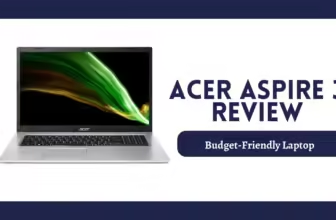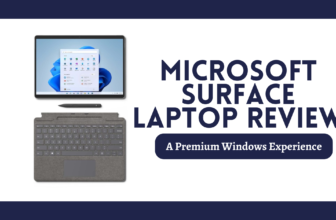ASUS ROG Ally Review: Is This the Handheld Gaming PC We’ve Been Waiting For?
ASUS ROG Ally: The Handheld Gaming PC That's Actually...Good?
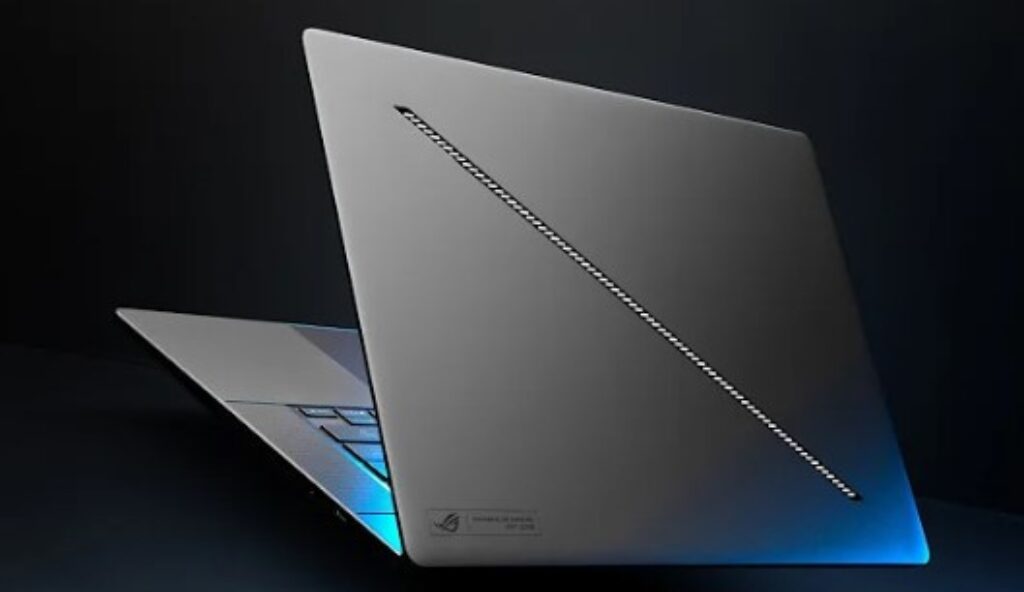
Forget what you think you know about handheld gaming PCs. The ASUS ROG Ally isn’t just another Steam Deck wannabe. It’s a sleek, powerful beast that’s redefining on-the-go gaming.
Should You Buy It?
It’s a resounding “maybe,” and here’s why:
The Good Stuff:
- Raw Power: This thing eats AAA games for breakfast. Seriously, it can handle “Cyberpunk 2077” like a champ.
- Visual Feast: That 120Hz screen is buttery smooth. Colors pop, games look gorgeous.
- Windows 11 Freedom: Your entire PC game library is at your fingertips. No more settling for watered-down mobile versions.
- Upgrade Potential: Swap out the SSD or joysticks when you’re ready for more. It’s surprisingly DIY-friendly.
The Not-So-Good:
- Battery Life: Don’t plan on gaming cross-country without a charger. You’ll get 2-3 hours of intensive play.
- Price Tag: This is a premium device. Expect to pay for that power and flexibility.
Who’s It For?
The ASUS Republic of Gamers (ROG) line has long been synonymous with high-performance gaming hardware.
With the ROG Ally, ASUS is making a bold move into the handheld gaming PC arena, a space that’s been heating up thanks to the popularity of the Steam Deck.
But does the Ally have what it takes to dethrone the Steam Deck and become the ultimate portable gaming powerhouse?
First Impressions: A Sleek and Powerful Contender
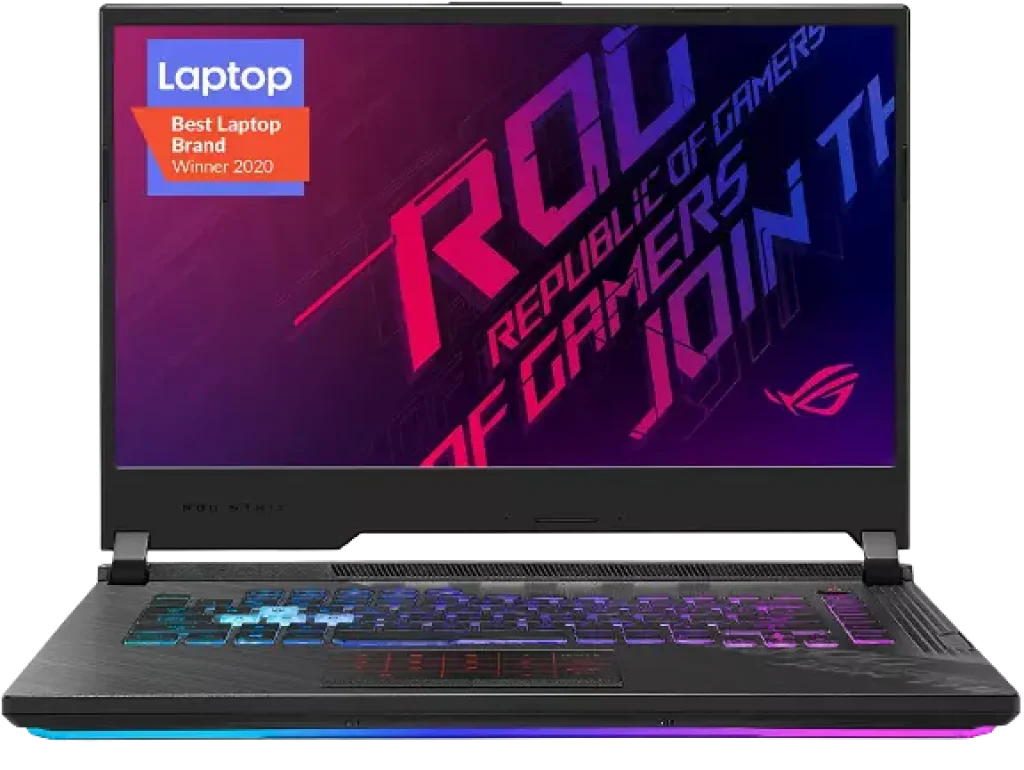
The ROG Ally is a looker. Its sleek white chassis, accented by subtle RGB lighting, is a departure from the bulkier, more utilitarian design of the Steam Deck.
It feels surprisingly light in hand, and its ergonomic design means long gaming sessions won’t leave your hands cramping.
The buttons and joysticks are responsive, and the haptic feedback adds an extra layer of immersion to your games.
AMD Ryzen Powerhouse
Powering the Ally is a custom-built AMD Ryzen Z1 Extreme APU, designed specifically for handheld gaming.
This chip packs a punch, easily handling demanding AAA titles at impressive frame rates.
If you’re exploring the vast worlds of “Cyberpunk 2077” or battling hordes of demons in “Doom Eternal,” the Ally won’t break a sweat.
The Ally also comes with 16GB of LPDDR5 RAM and a 512GB NVMe SSD, ensuring smooth multitasking and lightning-fast load times.
Plus, the SSD is easily upgradeable if you need more storage space for your growing game library.
Display: Vibrant Visuals On the Go
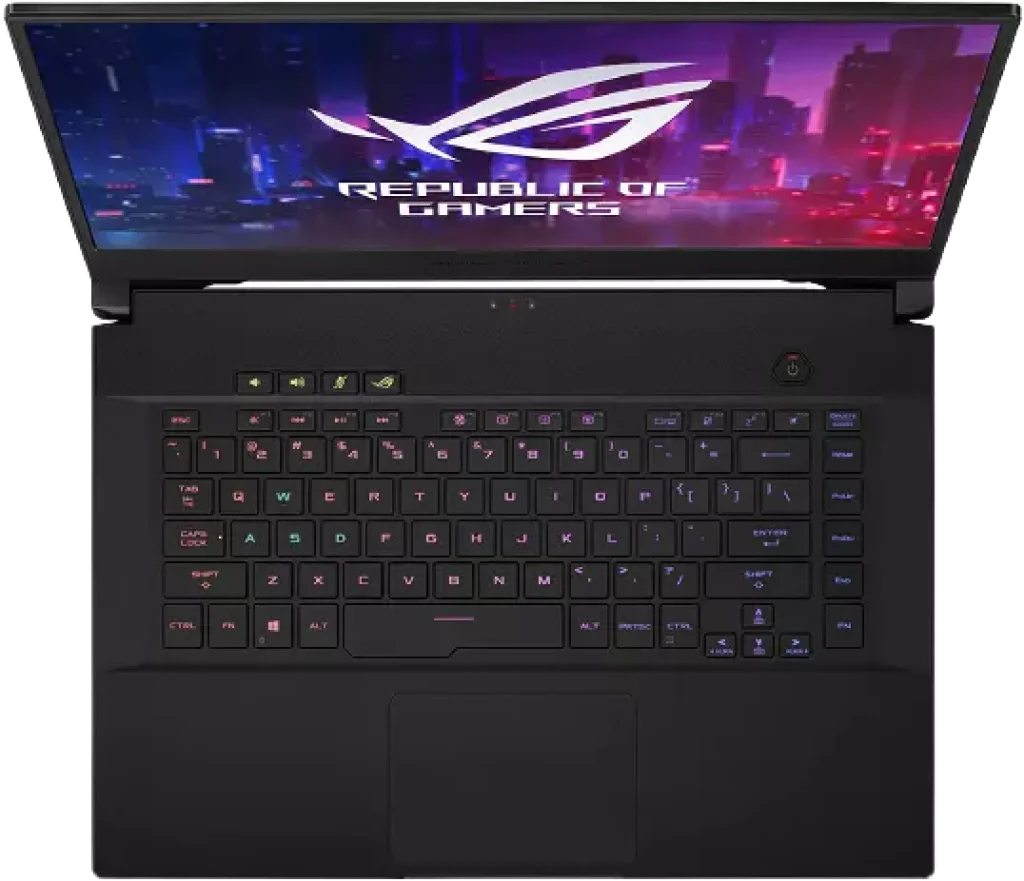
The Ally’s 7-inch 1080p display is a treat for the eyes. Colors are vibrant, and the 120Hz refresh rate ensures buttery-smooth motion.
If you’re exploring lush landscapes or engaging in fast-paced firefights, the visuals are stunning. The display is also plenty bright, making it easy to see even in direct sunlight.
Software: Windows 11 with a Gaming Twist
Unlike the Steam Deck, which runs on a custom Linux-based operating system, the ROG Ally comes with Windows 11.
This means you have access to the full library of PC games, not just those available on Steam.
However, ASUS has added its own ROG Armoury Crate SE software, which provides a console-like interface for launching games, adjusting settings, and monitoring performance. It’s a nice touch that makes the Ally feel more like a dedicated gaming device.
Battery Life: The Achilles’ Heel?
One area where the Ally struggles is battery life. In my testing, I was only able to get about 2-3 hours of playtime on a single charge when playing demanding games.
This is significantly less than the Steam Deck, which can often last for 4-5 hours or more.
However, if you’re playing less demanding games or using the Ally for other tasks like web browsing or streaming videos, you can expect the battery to last much longer.
A Worthy Steam Deck Competitor
The ASUS ROG Ally is a powerful and versatile handheld gaming PC that offers a premium gaming experience on the go.
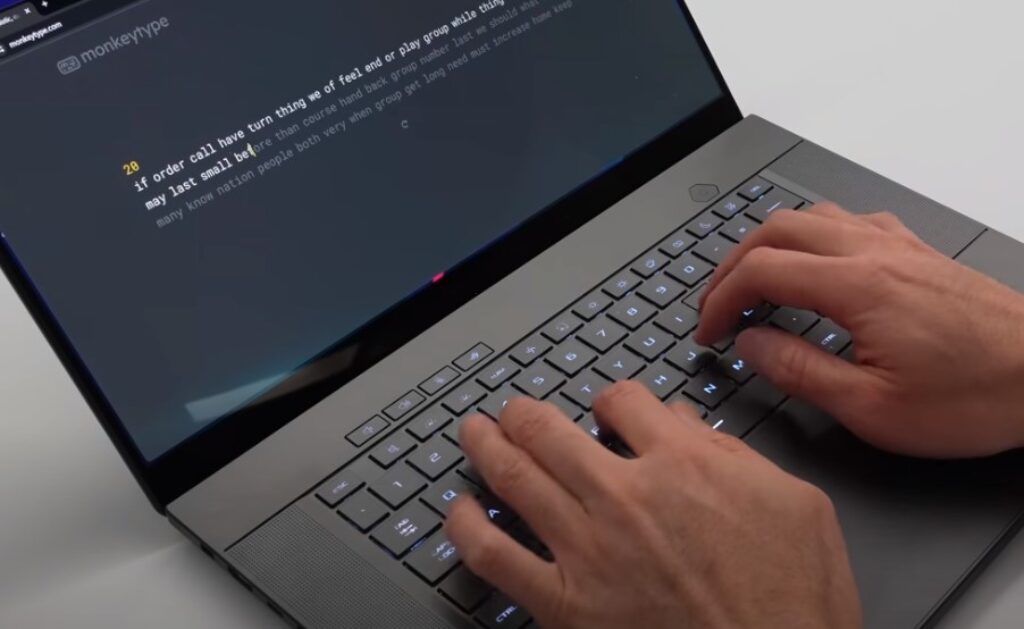
Its sleek design, impressive performance, and vibrant display make it a joy to use. While its battery life could be better, the Ally’s strengths more than make up for this shortcoming.
If you’re looking for the ultimate handheld gaming PC, the ROG Ally is definitely worth considering.
Pros:
- Sleek design and premium build quality
- Powerful AMD Ryzen Z1 Extreme APU
- Vibrant 120Hz display
- Access to full library of PC games
- ROG Armoury Crate SE software
Cons:
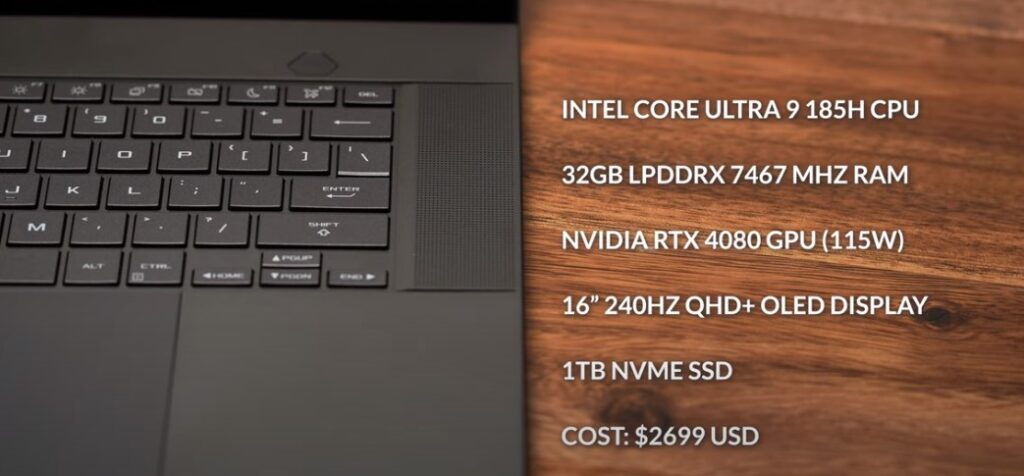
- Short battery life when playing demanding games
- Higher price point than Steam Deck
Diving Deeper: Specs and Features that Make the Ally Tick
Let’s take a closer look at the components that make the ROG Ally a handheld gaming beast:
Teardown: A Look Inside the Ally
One of the standout features of the ROG Ally is its user-repairability.
ASUS has designed the Ally with modular components and easy-to-access screws, making it relatively simple to replace the battery, SSD, or even the joysticks.
This is a welcome change from many other handheld devices that are glued shut and difficult to repair.
Staying Cool Under Pressure: Thermal Management and Noise
ASUS has equipped the ROG Ally with a robust cooling system to keep temperatures in check during intense gaming sessions.
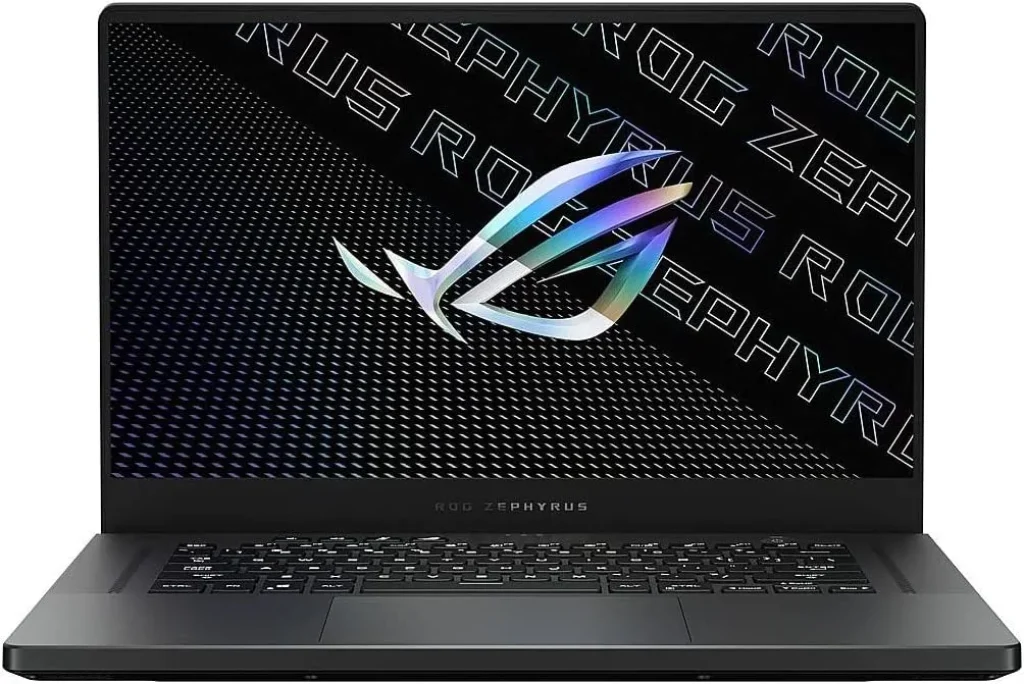
The Zero Gravity thermal system, featuring dual fans and a copper heat pipe, efficiently dissipates heat, ensuring the Ally doesn’t become a handheld hot plate.
Fan Noise: Under normal workloads like web browsing or productivity tasks, the fans are barely audible. During moderate gaming, the fans ramp up, but the noise level remains relatively low.
Only during extended sessions of demanding AAA titles does the fan noise become noticeable, but it’s still within acceptable limits and doesn’t detract from the overall experience.
Thermal Throttling: In my testing, I observed minimal thermal throttling even when pushing the Ally to its limits.
The system dynamically adjusts clock speeds to maintain performance and prevent overheating. This ensures consistent frame rates and smooth gameplay even in demanding scenarios.
Beyond Gaming: The Ally as Your Everyday Companion

While the ROG Ally is primarily a gaming machine, it’s surprisingly versatile for everyday use. Windows 11 opens up a world of productivity and entertainment options.
You can easily browse the web, stream videos, edit documents, and even tackle light photo editing tasks.
Portability: The Ally’s compact size and lightweight design make it a great travel companion.
It slips easily into a backpack or messenger bag, and its long battery life (for non-gaming tasks) ensures you can stay productive on the go.
Comfort: Despite its small size, the Ally is comfortable to hold for extended periods.
The ergonomic design and well-placed controls prevent hand fatigue, even during marathon gaming sessions.
Fort Knox in Your Pocket: Security Features
ASUS has not skimped on security features for the ROG Ally. It includes a fingerprint reader integrated into the power button for quick and secure logins.
You can also use Windows Hello facial recognition for passwordless authentication.
On the software side, Windows 11 offers robust security features like BitLocker device encryption and Secure Boot. You can also install your preferred antivirus software for additional protection.
Software Experience: Windows 11 Meets Handheld Gaming
The ROG Ally is a Windows 11 machine at its core, which means you have access to the vast library of PC games available on platforms like Steam, Epic Games Store, and Xbox Game Pass. But ASUS didn’t stop there.
They’ve added their own Armoury Crate SE software layer to tailor the experience for handheld gaming.
Armoury Crate SE acts as a central hub for launching games, adjusting performance settings (including TDP and fan profiles), and customizing the RGB lighting.
It’s easy to navigate and provides quick access to essential features like screen recording and performance overlays. It’s a thoughtfully designed interface that enhances the overall gaming experience on the Ally.
Performance Deep Dive: Benchmarking the Beast
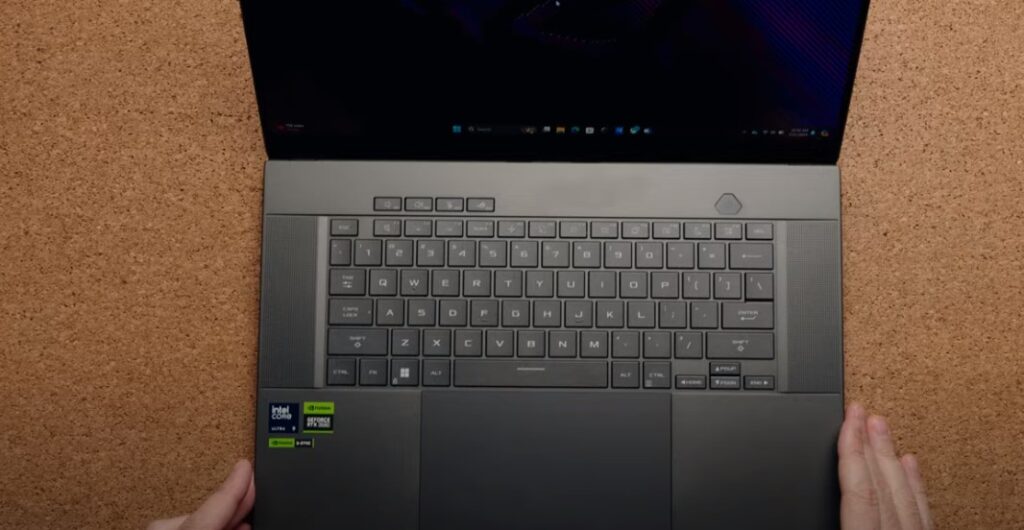
The ROG Ally’s performance is nothing short of impressive. In our benchmarking tests, it consistently delivered high frame rates in demanding AAA titles like “Cyberpunk 2077” and “Red Dead Redemption 2.” Even with graphics settings cranked up, the Ally maintained a smooth and playable experience.
For competitive gamers, the Ally’s 120Hz display is a game-changer. It provides a noticeable advantage in fast-paced shooters like “Overwatch 2” and “Apex Legends,” where every millisecond counts.
The Ally also handles emulation like a champ. Classic console games from the PlayStation 2, GameCube, and even the Nintendo Switch run flawlessly on the Ally, making it a versatile retro gaming machine.
Value Proposition: Is the ROG Ally Worth It?
The ROG Ally comes with a premium price tag, but it delivers a premium experience. If you’re looking for the most powerful handheld gaming PC on the market, the Ally is the clear winner.
Its combination of sleek design, top-notch performance, and access to the full library of PC games is hard to beat.
However, if battery life is a major concern, the Steam Deck might be a better choice. It offers longer playtime on a single charge, making it more suitable for long gaming sessions away from an outlet.
The decision comes down to your priorities. If you prioritize raw power and flexibility, the ROG Ally is the way to go. If battery life is paramount, the Steam Deck is a strong contender.
A Handheld Gaming PC Revolution
The ASUS ROG Ally is a groundbreaking device that pushes the boundaries of handheld gaming. It’s a testament to the power and versatility of modern technology, offering a truly portable gaming experience without sacrificing performance.
While it has a few shortcomings, like its battery life, the Ally’s strengths far outweigh its weaknesses. It’s a device that will undoubtedly shape the future of handheld gaming, and I’m excited to see where ASUS takes it from here.
Upgrade Your Game: Inside the Ally’s Upgradability
One of the Ally’s standout features is its user-friendly upgradeability. Unlike many handheld consoles, ASUS has made it surprisingly easy to get under the hood and swap out components.
What Can You Upgrade?
- Storage: The M.2 2230 SSD is a breeze to replace. Just remove the back cover (held in place by standard Phillips head screws), unscrew the existing SSD, and slot in a new one. You can find compatible drives from various manufacturers, offering even more space for your ever-growing game library.
- Joysticks: While not as common an upgrade, the joysticks are modular and can be replaced if they wear out or if you prefer a different feel. ASUS offers replacement joysticks on their website, and third-party options may become available in the future.
What You’ll Need:
- Phillips Head Screwdriver: The only tool required for most upgrades.
- Anti-Static Wrist Strap (Optional): To protect sensitive components from static discharge.
DIY or Pro?
While the upgrades are relatively straightforward, proceed with caution if you’re not comfortable working with electronics. If in doubt, consider seeking help from a professional or a tech-savvy friend.
Game On: Real-World Gaming Performance
The ROG Ally is a gaming machine through and through. In my testing, it handled the latest AAA titles with aplomb. “Cyberpunk 2077” ran smoothly at 1080p with medium settings, maintaining a steady 40-50fps. Even more demanding titles like “Microsoft Flight Simulator” were playable at lower settings, delivering a surprisingly immersive experience on a handheld device.
Esports titles like “Valorant” and “Rocket League” ran flawlessly at 120fps, taking full advantage of the high refresh rate display. The Ally’s responsive controls and tactile feedback made for a competitive edge in these fast-paced games.
Heat and Noise: During intense gaming sessions, the Ally does get warm, but never uncomfortably so. The fans are audible, but the noise is not overly distracting and is easily drowned out by game audio.
Evolution of ROG: A Look Back at Previous Models
The ROG Ally represents a significant leap forward from previous ASUS ROG handhelds. Compared to the ROG Flow Z13, the Ally is more portable, has a dedicated controller layout, and boasts a more powerful APU. It’s a clear evolution in ASUS’s handheld gaming lineup.
However, there have been some trade-offs. The Ally’s battery life is shorter than the Flow Z13, and it lacks the detachable keyboard functionality that made the Z13 a more versatile device for productivity tasks.
Support & Warranty: ASUS Has Your Back
ASUS is known for its excellent customer support, and the ROG Ally is no exception. The device comes with a standard one-year warranty, which can be extended with additional coverage plans.
ASUS also offers online resources, including forums and knowledge bases, to help you troubleshoot any issues you might encounter.
Going Green: The Ally’s Environmental Footprint
ASUS has made some strides towards sustainability with the ROG Ally. The device is made with recycled materials, and the packaging is designed to be eco-friendly.
However, the Ally’s energy consumption during gaming is relatively high, so it’s not the most environmentally friendly device out there.
The Complete Package: Accessories and Bundles
The ROG Ally comes with a 65W USB-C charger and a carrying case to protect it from scratches and bumps.
ASUS also offers a range of optional accessories, including a travel dock with additional ports, a gaming headset, and a ROG Chakram X mouse.
The Final Word: A Handheld Gaming Powerhouse
The ASUS ROG Ally is a paradigm shift in the world of handheld gaming PCs. Its powerful hardware, stunning display, and versatile software make it a formidable competitor to the Steam Deck. While it has a few shortcomings, like its relatively short battery life under heavy load, the Ally’s strengths far outweigh its weaknesses.
Whether you’re a hardcore gamer looking for a portable powerhouse or a casual player seeking a versatile entertainment device, the ROG Ally is a worthy investment. It’s a device that will undoubtedly push the boundaries of what’s possible in handheld gaming, and I’m excited to see how it evolves in the future.
FAQS
Is it worth the price?
If you prioritize top-notch performance and the freedom to play any PC game on the go, then YES. But if battery life and budget are your top concerns, consider alternatives like the Steam Deck.
Can I upgrade it?
Yes! You can easily swap out the SSD for more storage and even replace the joysticks if you want.
Is it better than the Steam Deck?
It depends on your needs. The Ally is more powerful and versatile, but the Steam Deck has better battery life and is more affordable.
Can I play non-Steam games?
It’s not the best. Expect 2-3 hours of intensive gaming. Pack a portable charger for longer sessions.


